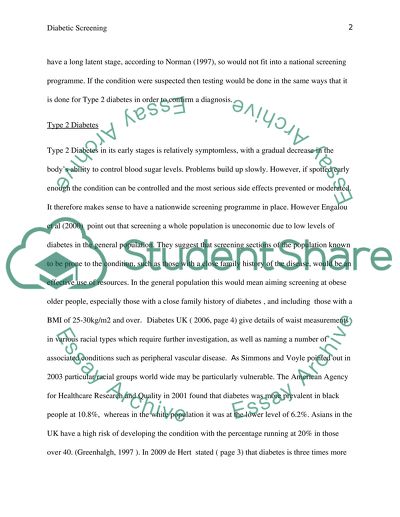Cite this document
(“Is there a case to undertake population screening for diabetes in the Essay”, n.d.)
Retrieved from https://studentshare.org/health-sciences-medicine/1423034-is-there-a-case-to-undertake-population-screening
Retrieved from https://studentshare.org/health-sciences-medicine/1423034-is-there-a-case-to-undertake-population-screening
(Is There a Case to Undertake Population Screening for Diabetes in the Essay)
https://studentshare.org/health-sciences-medicine/1423034-is-there-a-case-to-undertake-population-screening.
https://studentshare.org/health-sciences-medicine/1423034-is-there-a-case-to-undertake-population-screening.
“Is There a Case to Undertake Population Screening for Diabetes in the Essay”, n.d. https://studentshare.org/health-sciences-medicine/1423034-is-there-a-case-to-undertake-population-screening.


